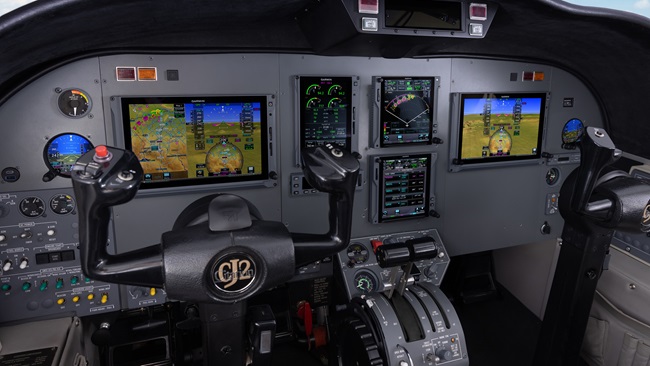FAA notes flight display ‘blanking’ concern
The FAA has issued a special airworthiness information bulletin (SAIB) to notify operators of aircraft equipped with certain Aspen Avionics primary flight displays and multifunction displays of the possible loss of all flight display information resulting from the units resetting in flight.
Some operators were urged to restrict flight to day-VFR only or disable their Automatic Dependent Surveillance Broadcast-In (ADS-B In) weather information option.
“Specifically, this SAIB notifies owners and operators of temporary loss of all flight display information due to blanking during reset. In installations where multiple Aspen EFDs provide redundancy, this may result in loss of all altitude and airspeed reference during the reset period,” the FAA said.
The cause of the problem is being investigated, but the SAIB notes that “preliminary information suggests that the cause of the continuous reset is related to the ADS-B IN interface. Pulling the ADS-B circuit breaker as described in section 3.2.6 of the Flight Manual supplement, has been demonstrated to resolve the issue.”
The agency recommended that aircraft owners and operators using Aspen EFD1000 or EFD500 flight displays configured with software version 2.9 and the ADS-B In Flight Information Services (FIS-B) weather interface option “restrict flight to Visual Flight Rules only and suspend night operations to allow safe operation in the event of loss of flight display functionality. Alternatively, the FAA recommends disabling the ADS-B IN (FIS-B) option.”
The FAA also requested that owners and operators of any ADS-B In (FIS-B)-enabled aircraft and the owners and operators of Aspen EFD flight displays notify the FAA contact listed in the SAIB of any similar events.




